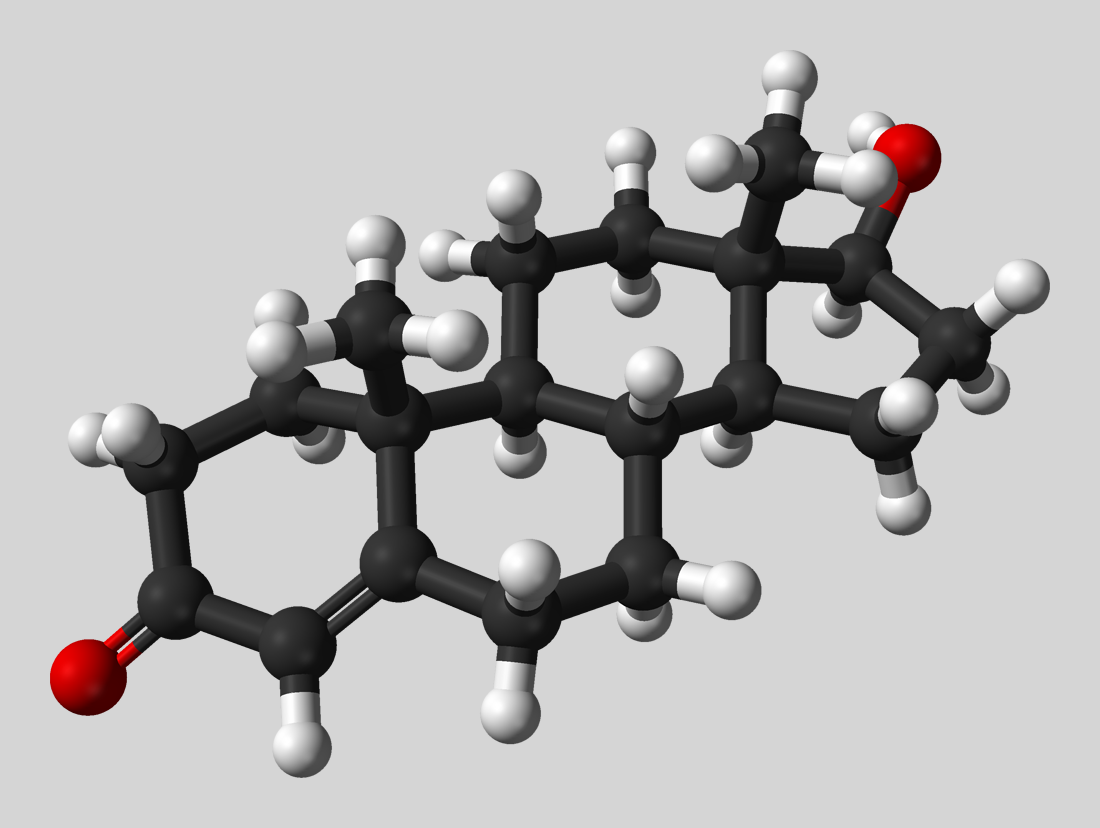Estrogens play a critical role in women’s physical health but can impact their mental health as well. Here is a well-rounded introduction that is important for women and men!
The term estrogen is a category used to describe four hormones: estrone (E1), estradiol (E2), estriol (E3), and estetrol (E4). Though we understand estrogens to be the female sex hormones responsible for the development and regulation of the reproductive system, their role in the overall health of women is often overlooked.
The predominant form of estrogen that can be measured during a woman’s reproductive years is estradiol whereas, during pregnancy and menopause, estriol and estrone respectively circulate in the body at greater levels. Estriol is exclusively produced during pregnancy. All these forms of estrogen are synthesized from testosterone and androstenedione by an enzyme called aromatase.
How does estrogen work in our body?
Estrogens are steroid hormones (meaning they come from cholesterol) and play an essential role in female development and well-being. The production of estrogen is initiated by the secretion of luteinizing hormone (LH) and follicle-stimulating hormone (FSH) from the pituitary gland in the brain. These hormones then bind to the theca cells (LH) and granulosa cells (FSH) situated on the ovaries. During the follicular phase of the menstrual cycle, both the theca cells and granulosa cells secrete androstenedione which is derived from cholesterol. Androstenedione is then converted to estradiol by aromatase. During the luteal phase, FSH and LH cause the dominant follicle to transform into the corpus luteum which then produces progesterone. This increased progesterone induces the production of estradiol.
When the body has higher circulating levels of sex hormones, this signals a decreased production of FSH and LH from the brain- known as a negative feedback loop. Hormonal contraceptives that contain estrogens stop the development of the dominant follicle by inhibiting the secretion of FSH and LH, and thus prevent pregnancy.
Estrogens can enter the blood to be transported to other target tissues, and they can enter virtually all cells. Target cells have estrogen receptors which estrogen binds to, then binds to specific DNA sequences. These cells can then perform the functions that are dependent on estrogen signalling.
Estrogen effects on physical and mental health
Though we often associate testosterone with muscle and strength, estrogens have an extremely important effect on strengthening muscle and bone in addition to improving the strength of tissues like tendons and ligaments in women.
Estrogens can also play a role in mental health. Research has shown that after estrogen levels were stabilized or restored, there was a clinical recovery from depression related to postpartum, perimenopause depression, or postmenopausal depression.
This may in part be due to estrogen-regulated DNA repair in the brain which is neuroprotective and can help with cognition.
Estrogen has also been shown to be involved with mental health and appetite; it may play a role in suppressing binge eating. Binge eating is related to decreased estradiol and increased progesterone. Additionally, studies in female mice demonstrated that hormone replacement therapy suppressed binge eating, though more research in humans is necessary.
Menopause is the time that marks the end of a woman’s menstrual cycles and is diagnosed after a woman has gone a full year without a menstrual period. After the onset of menopause, women’s estrogen levels begin to decline to the point where they may be like levels in age-matched men. Though this is a normal physiological phenomenon, the increased risk of cardiovascular disease (CVD) in postmenopausal women when compared to premenopausal resulted in hormone replacement therapy becoming more common and extended to a general therapy for menopause. However, this relationship is unclear, and, in some cases, estrogen therapy may increase CVD risk.
Estrogens remain a therapeutic option for postmenopausal women to decrease osteoporosis risk, though the benefits of this are unclear and it may be more useful during the onset of menopause.
Finally, estrogen isn’t just for women. In men, estrogen is critical for bone health and development, especially in young boys. Studies have also shown that men who are fathers had elevated levels vs. non-fathers, though the precise physiological reasoning behind this remains to be determined.
Your optimum health takeaway
References:
- Berg SJ, Wynne-Edwards KE. Changes in testosterone, cortisol, and estradiol levels in men becoming fathers. Mayo Clin Proc. 2001;76(6):582-92.
- Cao X, Xu P, Oyola MG, Xia Y, Yan X, Saito K, et al. Estrogens stimulate serotonin neurons to inhibit binge-like eating in mice. J Clin Invest. 2014;124(10):4351-62.
- Douma SL, Husband C, O’Donnell ME, Barwin BN, Woodend AK. Estrogen-related mood disorders: reproductive life cycle factors. ANS Adv Nurs Sci. 2005;28(4):364-75.
- Edler C, Lipson SF, Keel PK. Ovarian hormones and binge eating in bulimia nervosa. Psychol Med. 2007;37(1):131-41.
- Lasiuk GC, Hegadoren KM. The effects of estradiol on central serotonergic systems and its relationship to mood in women. Biol Res Nurs. 2007;9(2):147-60.
- Lowe DA, Baltgalvis KA, Greising SM. Mechanisms behind estrogen’s beneficial effect on muscle strength in females. Exerc Sport Sci Rev. 2010;38(2):61-7.
- Osterlund MK, Witt MR, Gustafsson JA. Estrogen action in mood and neurodegenerative disorders: estrogenic compounds with selective properties-the next generation of therapeutics. Endocrine. 2005;28(3):235-42.
- Razzak ZA, Khan AA, Farooqui SI. Effect of aerobic and anaerobic exercise on estrogen level, fat mass, and muscle mass among postmenopausal osteoporotic females. Int J Health Sci (Qassim). 2019;13(4):10-6.
- Smith AJ, Phipps WR, Thomas W, Schmitz KH, Kurzer MS. The effects of aerobic exercise on estrogen metabolism in healthy premenopausal women. Cancer Epidemiol Biomarkers Prev. 2013;22(5):756-64.
- Wiggs AG, Chandler JK, Aktas A, Sumner SJ, Stewart DA. The Effects of Diet and Exercise on Endogenous Estrogens and Subsequent Breast Cancer Risk in Postmenopausal Women. Front Endocrinol (Lausanne). 2021;12:732255.
- Zarate S, Stevnsner T, Gredilla R. Role of Estrogen and Other Sex Hormones in Brain Aging. Neuroprotection and DNA Repair. Front Aging Neurosci. 2017;9:430.






